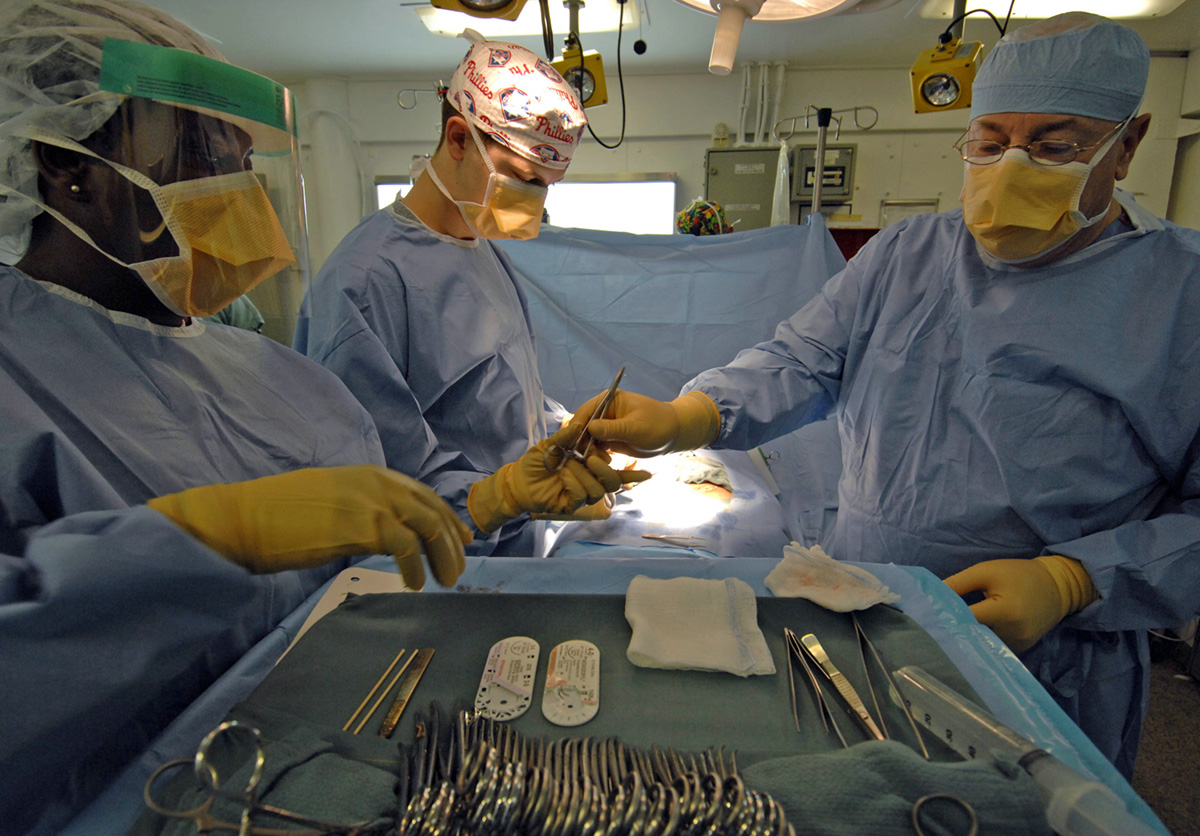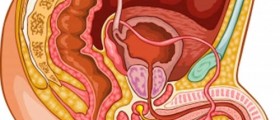
What is bladder suspension?
Bladder suspension is a type of surgery used to restore a sagging bladder back into its anatomically correct position. It is used to treat conditions in which there is urine leakage caused by coughing, laughing or sneezing. This condition is known as the stress incontinence - a sudden increase in pressure in the abdomen exerts pressure on the bladder that cannot be withstood, usually because there was a weakening in the muscle tone in the muscles of the pelvic floor, and urine leaks from the bladder involuntarily. Weakened muscles of the pelvic floor may cause stress incontinence and be a reason for bladder suspension surgery. In women, conditions such as childbirth, and hormonal changes, as those in menopause, are frequent causes of loss of muscle tone in the muscles of the pelvic floor. The number of women in the United States that suffer from this condition doubled over the last three decades, and nowadays more than one hundred thousand women undergo bladder suspension surgery every year.
Target audience
This procedure is typically carried out on women, or on men who had prostate removal surgery and developed stress incontinence afterwards. Bladder suspension surgery is usually recommended to patients who have moderate or severe stress incontinence (usually caused by childbirth, menopause or problems with muscles in the bladder and urethra), which cannot be remedied by non-invasive methods such as Kegel exercises, medications, and electrical stimulation.
Surgery
Before you agree to surgery, be sure that you have the right diagnosis and ask for a second opinion if you are uncertain. This type of surgery is effective only for stress incontinence, while it has no effect on other types of incontinence.
There are three different procedures for this kind of surgery. These are open retropubic suspension surgery, Laparoscopic retropubic suspension surgery and needle bladder neck suspension surgery.
In the first kind of procedure, the bladder is pulled back up its neck and sewn to the surrounding bone or tissue with sutures. This is an open surgery that handles stress incontinence that results from sagging of the bladder neck or urethra.
Second kind procedure uses much smaller incisions and leaves far less visible scars than the previous type of surgery, but is more prone to complications and has a lower rate of success compared to the first method.
The third kind of procedure is carried out through the abdomen or through the vagina, but is not as successful as methods that involve operating through the abdominal wall.
Complications
A rare, but problematic complication of this type of surgery is trouble urinating, which may require occasional urinary catheterization. Other common complications include abscess, bleeding, overactive bladder, and vaginal prolapse.

















Your thoughts on this
Loading...